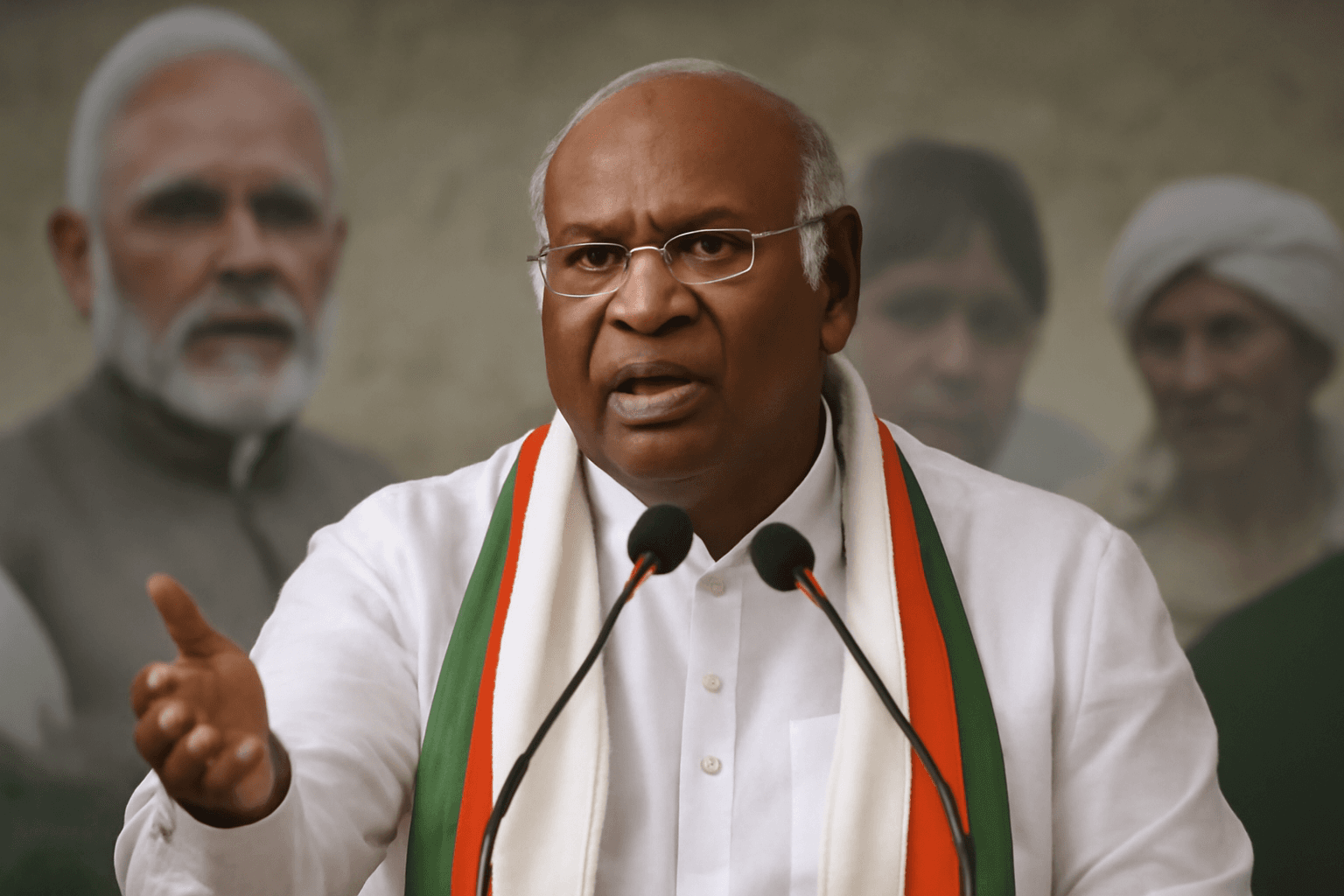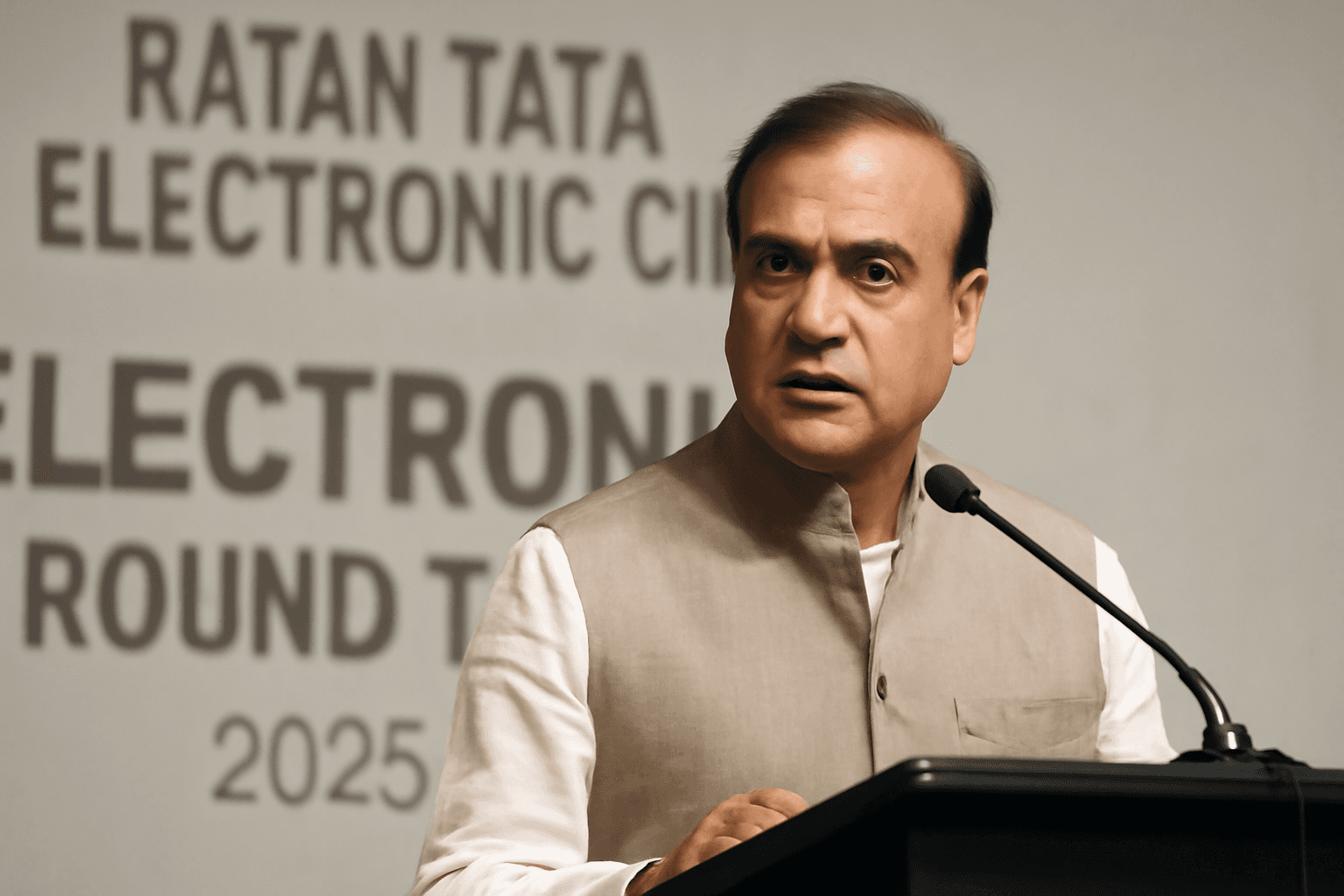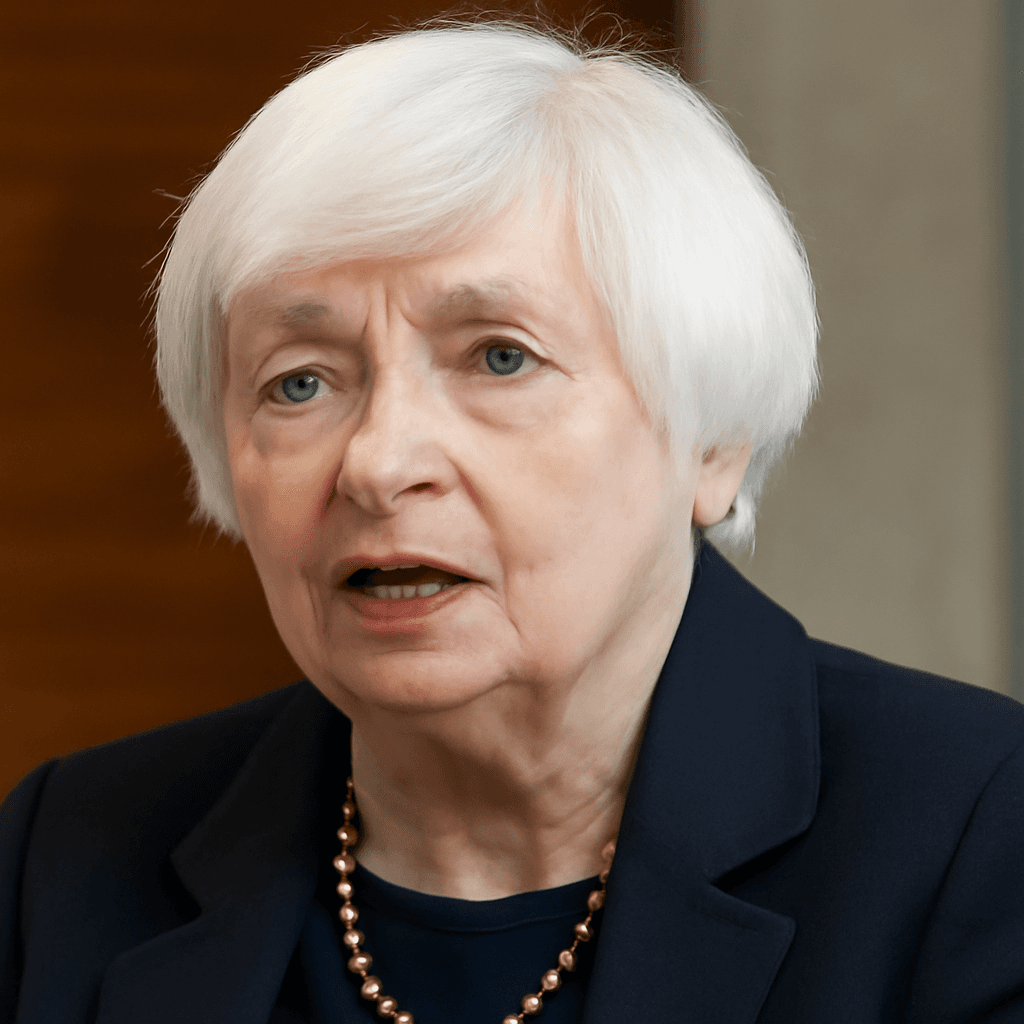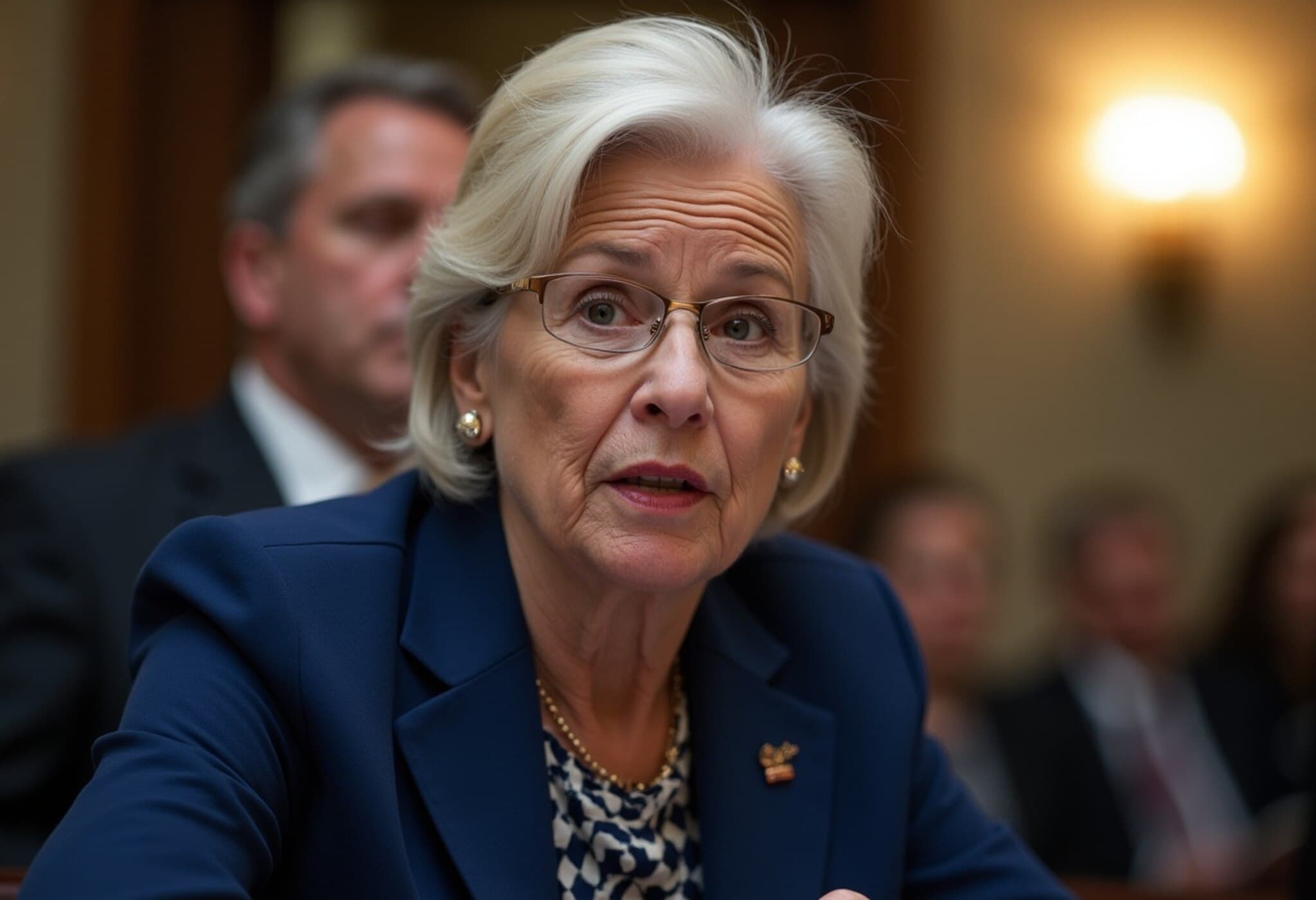Core Inflation Climbs to Highest Level Since February 2025
In July 2025, the U.S. economy experienced a notable uptick in core inflation, reaching a 2.9% seasonally adjusted annual rate — the highest level since February, according to the latest data from the Commerce Department. This figure, which excludes the often volatile food and energy prices, aligns with economists' expectations but marks a subtle rise from June’s reading.
Understanding the Federal Reserve’s Preferred Inflation Gauge
The Personal Consumption Expenditures (PCE) price index is the Federal Reserve’s favored tool for tracking inflation trends. By focusing on core inflation—stripping out food and energy costs—the Fed aims to capture more stable, long-term price movements. July's increase to 2.9%, slightly above the Federal Reserve’s 2% target, underscores ongoing inflationary pressures within the broader economy.
Inflation in Context: What About Consumer Spending and Income?
Despite rising prices, consumer spending showed resilience, increasing by 0.5% during July, matching market forecasts. This growth suggests that American consumers continue to fuel economic activity even as the cost of living edges upward. Parallel to this, personal income rose by 0.4%, further supporting household purchasing power.
Tariffs and Inflation: An Emerging Link?
The report implicitly highlights the economic reverberations of President Donald Trump’s tariff measures. Tariffs can add to production costs, which typically filter through to consumer prices over time. The July inflation uptick may well reflect this. However, experts caution that the complex interplay of global supply chains and domestic demand makes it difficult to isolate tariffs’ precise impact.
Fuel and Food Prices Paint a Mixed Picture
- Energy prices have eased, with a notable 2.7% annual decline, and a 1.1% drop month-over-month.
- Food prices, conversely, hiked by 1.9% year-over-year but saw a slight monthly dip (0.1%).
- The bulk of inflationary pressure is stemming from the services sector, which surged by 3.6% annually and 0.3% monthly.
This divergence suggests a shift in the inflation narrative: while volatile goods prices moderate, sustained price rises in services—such as housing, healthcare, and transportation—continue to weigh heavily on households.
Federal Reserve’s Monetary Policy Outlook
As inflation remains stubbornly above the 2% target, the Federal Reserve finds itself at a crossroads. Market speculation increasingly anticipates a potential interest rate cut during the upcoming Federal Open Market Committee meeting. Fed Governor Christopher Waller has voiced support for such cuts, noting that continued labor market softness could justify more aggressive easing.
Economists, such as Morgan Stanley Wealth Management’s Ellen Zentner, emphasize that the tension lies between inflation concerns and employment trends: "The Fed opened the door to rate cuts, but the size of that opening depends on labor-market conditions versus inflation risks. Today’s inflation data underscore this balancing act."
What This Means for Consumers and Markets
After the release, stock markets exhibited volatility, while Treasury yields steadied. The resilience in consumer spending alongside sticky inflation levels suggests households are navigating a more expensive landscape but aren’t yet retreating from active participation in the economy.
Editor’s Note:
The persistence of core inflation above the Federal Reserve’s comfort zone highlights a challenging policy environment. While tariffs and global factors contribute to price pressures, the dominant driver appears to be sustained costs in services—a sector intimately linked to everyday life. This report raises pressing questions about the Fed’s next move amid mixed signals from the labor market and inflation metrics. Will upcoming monetary policy decisions successfully curb inflation without stifling growth? And how might these dynamics affect American families balancing budgets in an evolving economic landscape?



















